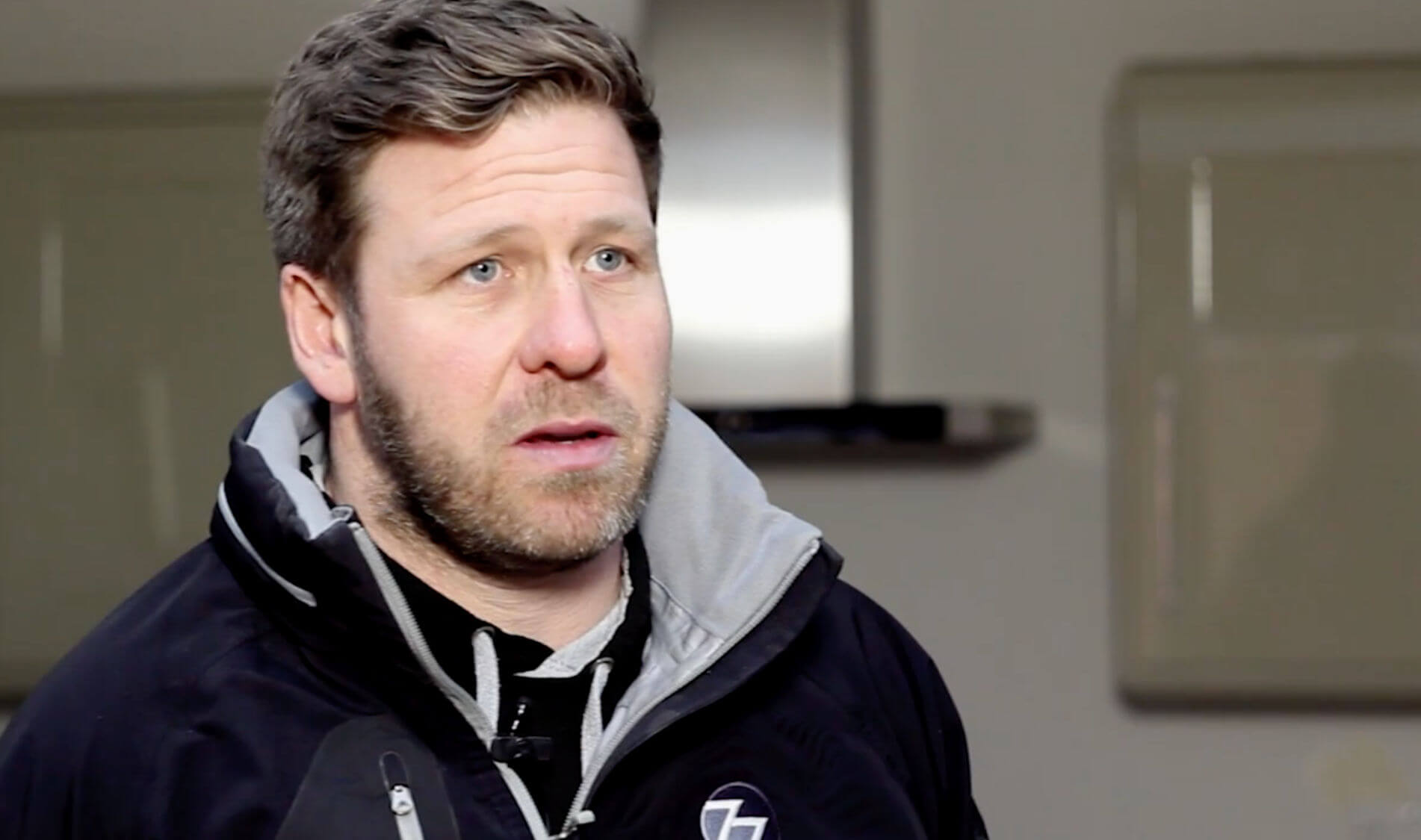With land becoming more expensive, brownfield sites in the South East could be the perfect solution for your next project. We’ve already spoken about why the South East of England is ripe for property development, but it’s undeniable that one of the drawbacks is the scarcity and price of suitable land. With large-scale arable and pastoral farming, the green belt, two national parks and several AONBs, securing land is often a major hurdle. However, identifying and utilising suitable brownfield sites could be the key to success. This post explores how and why that could appeal to developers of all sizes and experience levels.
Brownfield sites in the South East
The South East is usually defined as Buckinghamshire, Berkshire, Oxfordshire, Hampshire, the Isle of Wight, Surrey, East Sussex & West Sussex and Kent, while Some definitions also include London. While this is a large geographic area, it also contains several major cities including Oxford, Southampton, Portsmouth, Brighton and Milton Keynes, as well as large towns such as Reading, Slough, Crawley and Maidstone. Consequently, it’s very densely populated and what isn’t built on, is often agricultural or protected.
That said, there has also historically been significant amounts of industrial and commercial activity in the area. With changing industry and demographics, much of that land lies unused and holds development potential. A 2019 briefing by the National Housing Federation found that there were over 3000 brownfield sites in the South East that equated to over 4000 hectares, suitable for at least 139,000 new dwellings.
Similarly, a 2022 study by CPRE found that on a national scale, there were almost 30,000 hectares of brownfield land in the UK, enough for 1.2 million homes. Of this, only 45% has been granted planning permission. The same study found that across East and West Sussex, 700 potential sites covered nearly 1000 acres; enough for 23,500 homes. Brighton & Hove alone has 200 acres of brownfield land across 194 sites.
Why choose a brownfield site?
Brownfield sites can prove an excellent choice for your next development project. They are often located in or near existing urban areas, may already have infrastructure such as roads and utilities and in some cases may even be incentivised for development by local authorities. Regenerating existing urban areas can encourage wider economic growth without endangering green spaces, and obtaining planning permission may be easier.
However, they can bring drawbacks. They may often be contaminated, which can bring additional complexity and expense, and they may not always be suitable for residential or commercial redevelopment. What’s more, land that has previously been developed can bring unforeseen challenges and logistical issues, which also add to the overall cost of your project.
How to identify brownfield sites
Identifying brownfield sites can be done in several ways. If you’re local or know the area, then you may simply be able to visually identify them and how they’re used. Visiting a potential brownfield site can provide valuable firsthand information. Look for signs of past structures, evidence of contamination, and potential access points. You may be able to find out who owns the land by asking around, but if this isn’t the case then you’ll have to explore alternative avenues. Aerial photography, Google Earth and historical maps may also give you an indication of any previous use and ownership.
However, you must always get permission from the landowner before entering a site or flying a drone overhead.
Brownfield Land Registers
Most local authorities in the UK maintain a register of brownfield land within their boundaries.
These will usually list the location, size, and ownership details of any potential development sites. You can use the Government Portal to find these or enquire with your local authority either in person or via their website.
Planning Applications & Environmental Reports
Most local authority planning departments will have publicly available online records of past and present planning applications. These can give you clues about previously developed land and whether there are any plans for the future. You may also be able to identify land that’s not explicitly listed as brownfield but may be suitable for purchase and development.
Environmental reports can also be a source of information. For example, there may be existing environmental reports available for land previously used for another purpose, which may indicate the presence of a brownfield site. Additionally, these reports can reveal potential contamination concerns that may need to be addressed before development.
Environmental Consultants & Surveyors
Finally, engaging with a surveyor, environmental consultant or even a company like Hunter Finance may provide you with the information you need. They will often have local knowledge of potential brownfield sites and their owners and will be able to provide you with relevant environmental, surveying, planning and financing services.
If you have a brownfield site in mind for development and require finance, don’t hesitate to Contact Us. We’ve got years of experience providing funding for a wide range of development projects across the South East and are always keen to bring exciting ideas to life.






